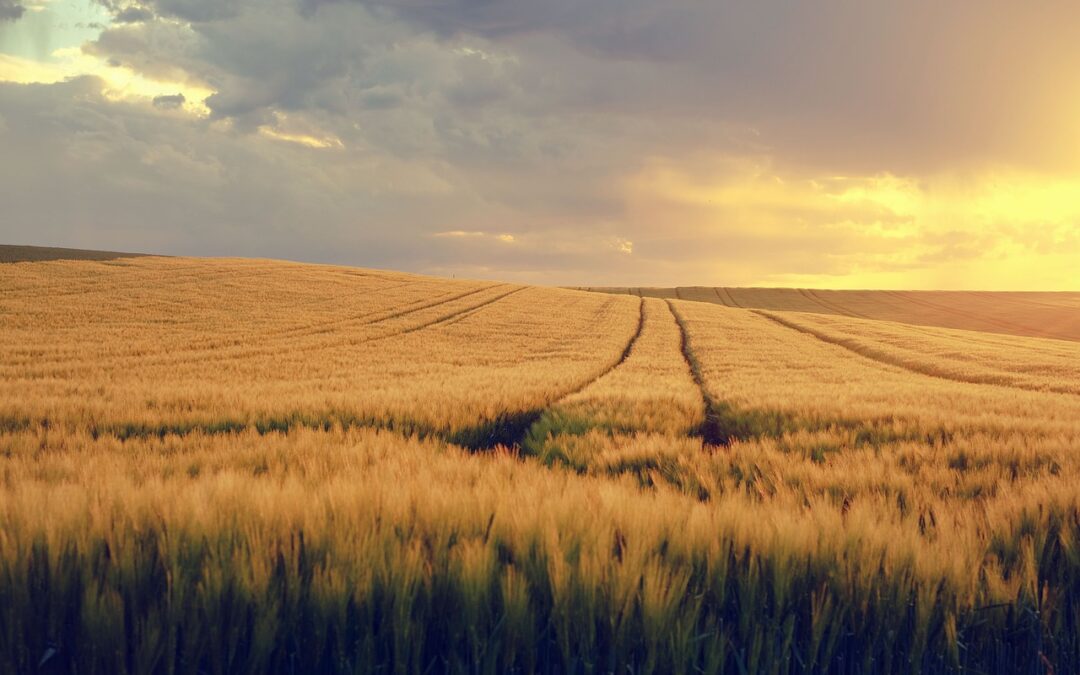Contents
- 1 The Ultimate Guide to Landscaping Materials for Sports Field Projects
- 2 Natural Grass: The Classic Choice
- 3 Synthetic Turf: A Durable Alternative
- 4 Soil and Drainage: The Foundation
- 5 Infield Mix: A Specialized Layer
- 6 Outfield Mix: For a Level Playing Field
- 7 Artificial Turf Infill: Enhancing Safety and Performance
- 8 Conclusion
The Ultimate Guide to Landscaping Materials for Sports Field Projects
TL;DR
Landscaping materials play a crucial role in the success of sports field projects. From natural grass to synthetic turf, choosing the right materials ensures optimal performance, safety, and durability. This guide provides a comprehensive overview of the various materials available, offering valuable insights to guide your decision-making process.
Natural Grass: The Classic Choice
Natural grass remains a popular choice for its aesthetic appeal and familiarity. It provides a soft and forgiving playing surface, but requires regular maintenance, including mowing, watering, and fertilizing. Advancements in grass species have led to more resilient and wear-resistant varieties, such as Bermuda grass and Kentucky bluegrass.
Synthetic Turf: A Durable Alternative
Synthetic turf offers a low-maintenance and year-round solution for sports fields. Made from durable materials such as polyethylene or nylon, it mimics the feel and appearance of natural grass while eliminating the need for mowing or watering. Its durability makes it ideal for high-traffic areas and fields with limited sunlight.
Soil and Drainage: The Foundation
Proper soil preparation and drainage are essential for a successful sports field. Soil should be well-drained and properly compacted to provide a stable base for the playing surface. Drainage systems can prevent waterlogging, which can damage the field and create slippery conditions.
Infield Mix: A Specialized Layer
Infield mix is a specialized soil mixture used in baseball and softball fields. It provides a consistent playing surface for infielders and reduces the risk of injuries. Infield mix typically contains a blend of sand, clay, and organic matter, and must be properly graded and maintained.
Outfield Mix: For a Level Playing Field
Outfield mix is designed specifically for outfield areas in baseball and softball fields. It creates a smooth and level surface for running and fielding. Outfield mix typically consists of a blend of sand, loam, and organic material, and should be compacted and graded to ensure proper drainage.
Artificial Turf Infill: Enhancing Safety and Performance
Artificial turf infill is a material added to synthetic turf to enhance its performance and safety. It provides a softer playing surface, reduces heat absorption, and helps anchor the turf in place. Infill materials include sand, recycled rubber, and organic materials, each offering unique benefits.
Conclusion
Landscaping materials play a vital role in the design and construction of sports field projects. By choosing the right materials for your specific needs and budget, you can create a safe, durable, and enjoyable playing environment for athletes and spectators alike. When working with a professional landscaping contractor, you can tap into their expertise to ensure the best materials are selected and installed to the highest standards.

